Day 63 - The Chūgoku 33 Temple Kannon Pilgrimage, Japan - A Climb Up To Kiyamaji, Temple #4, In Ochiai, And The Historic District Of Katsuyama
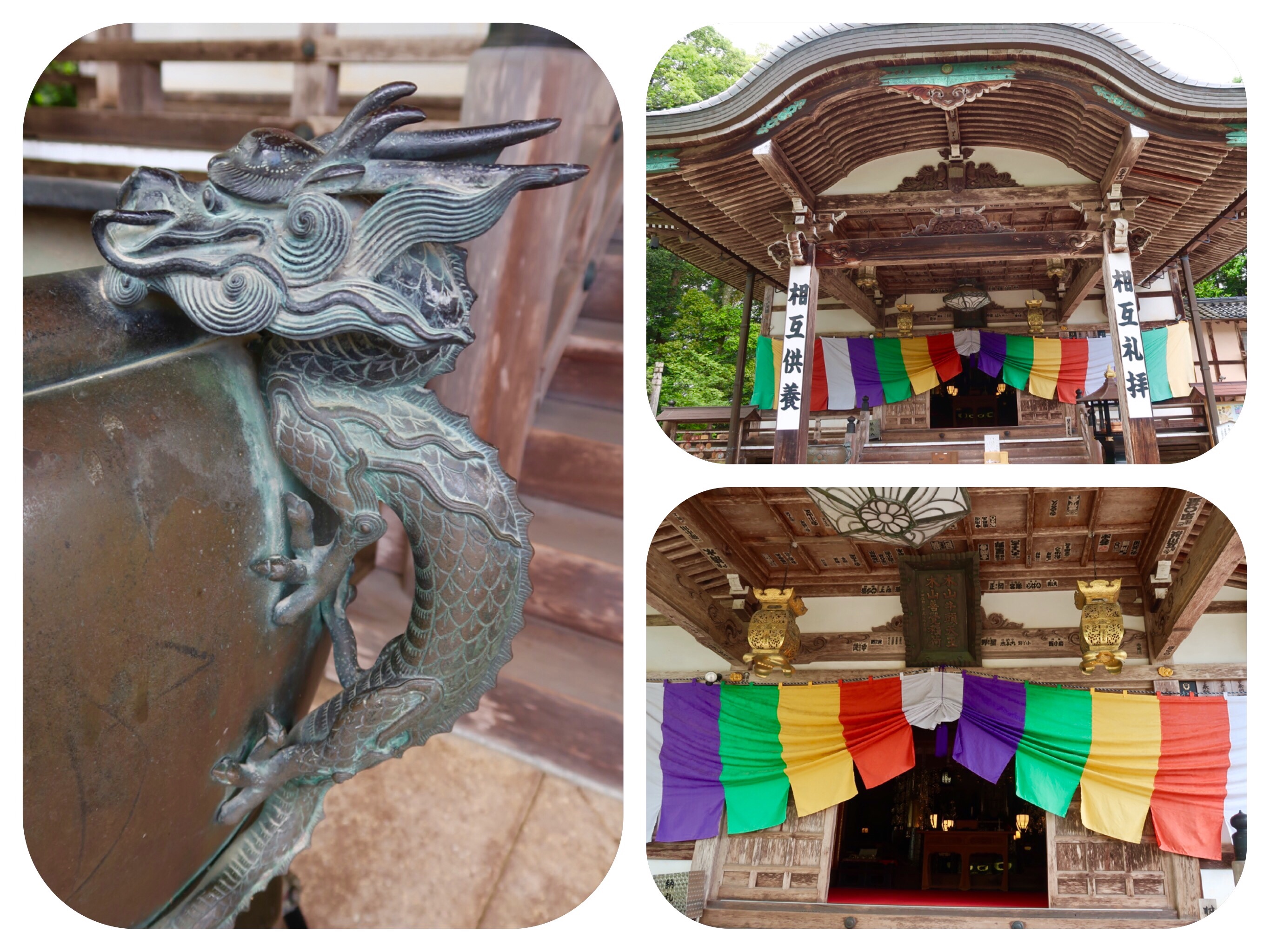
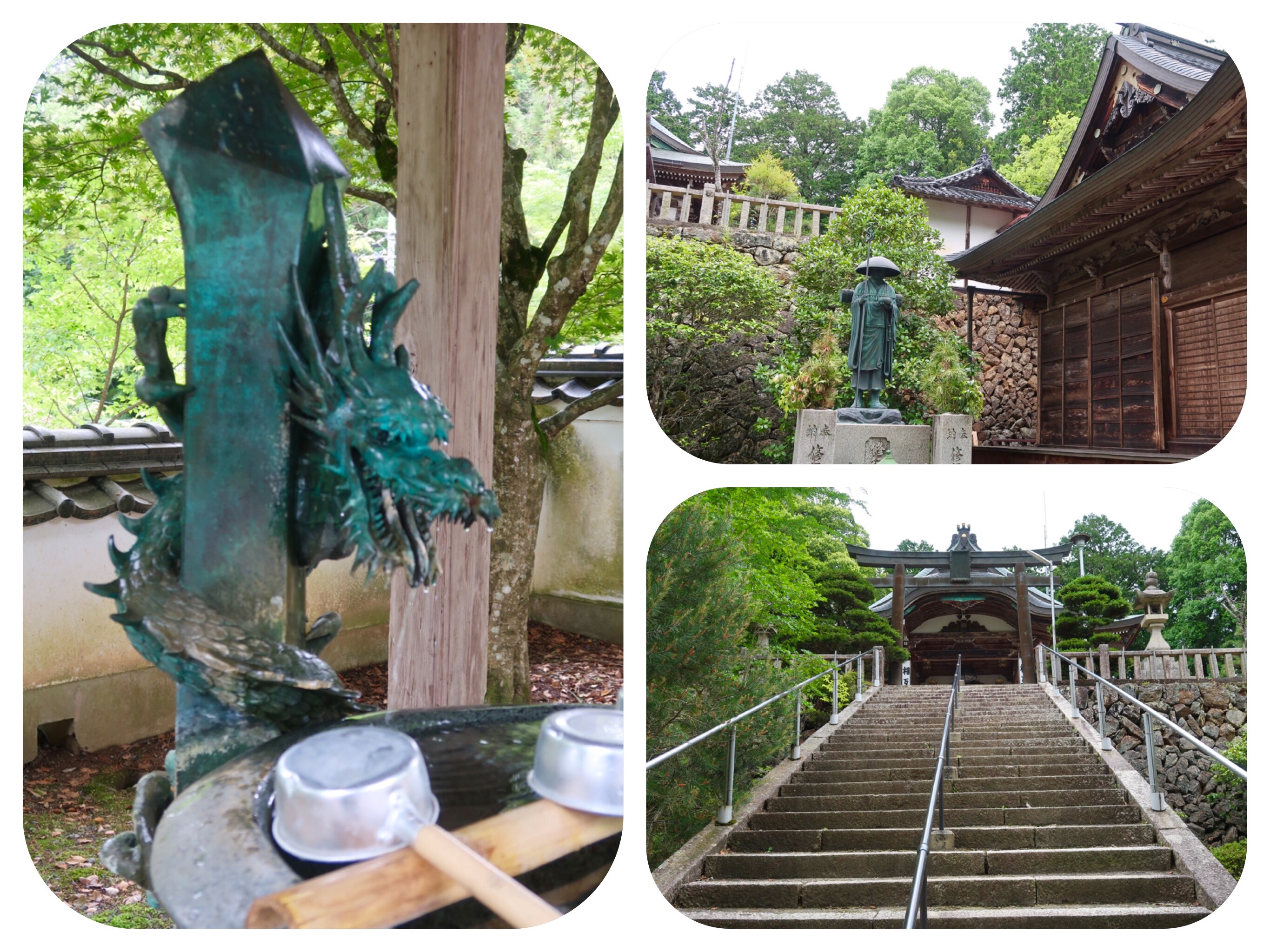





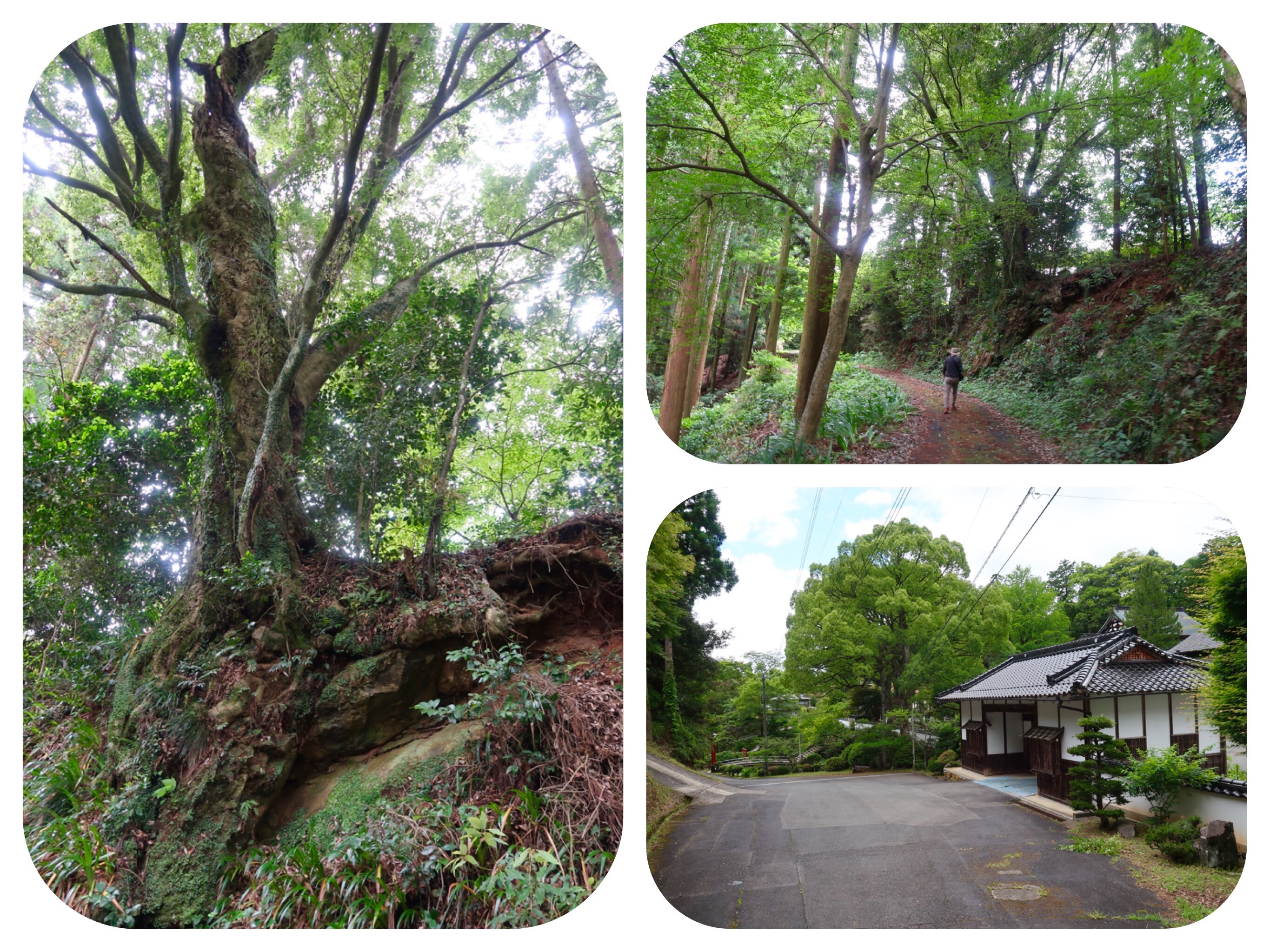







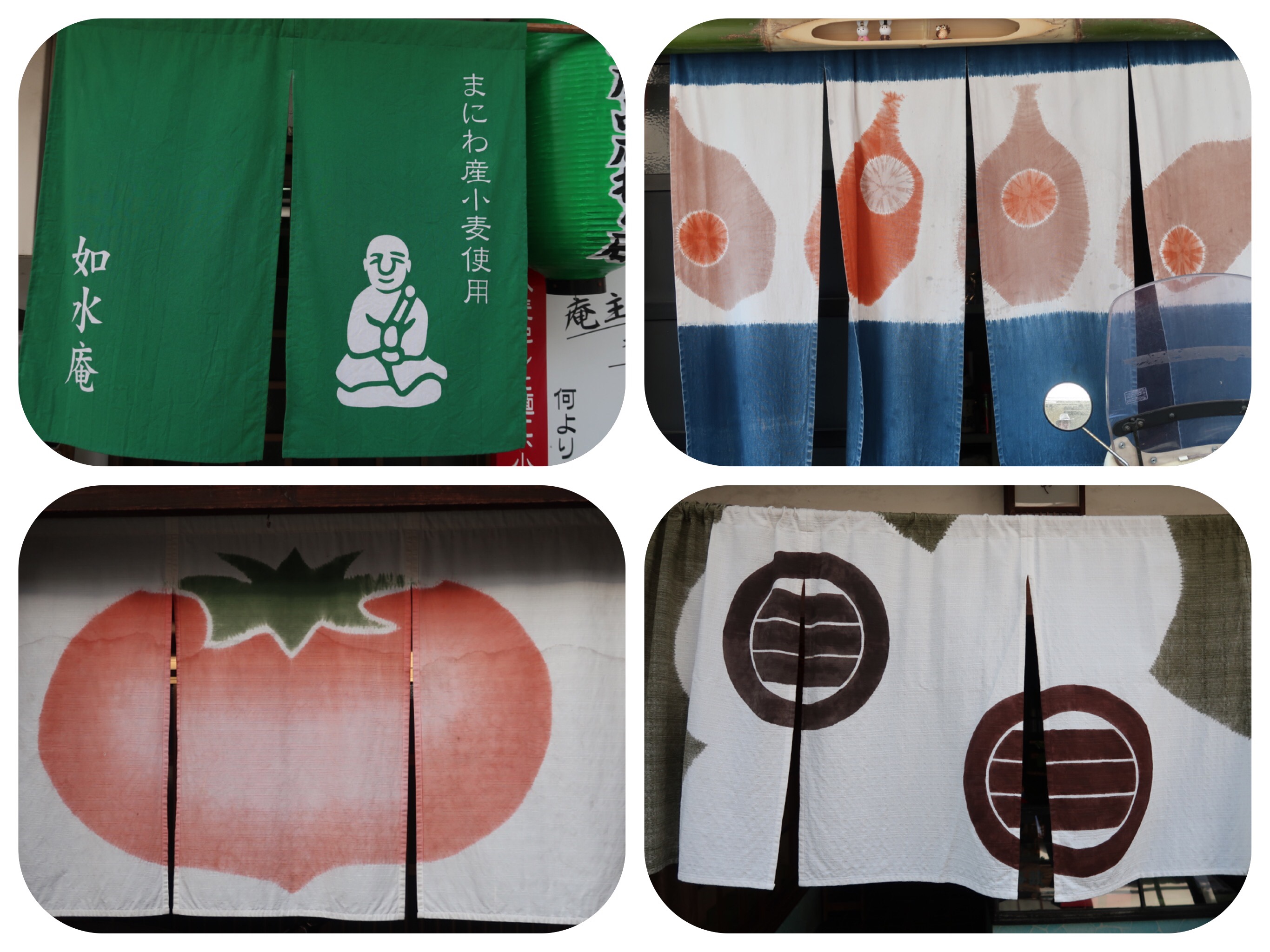
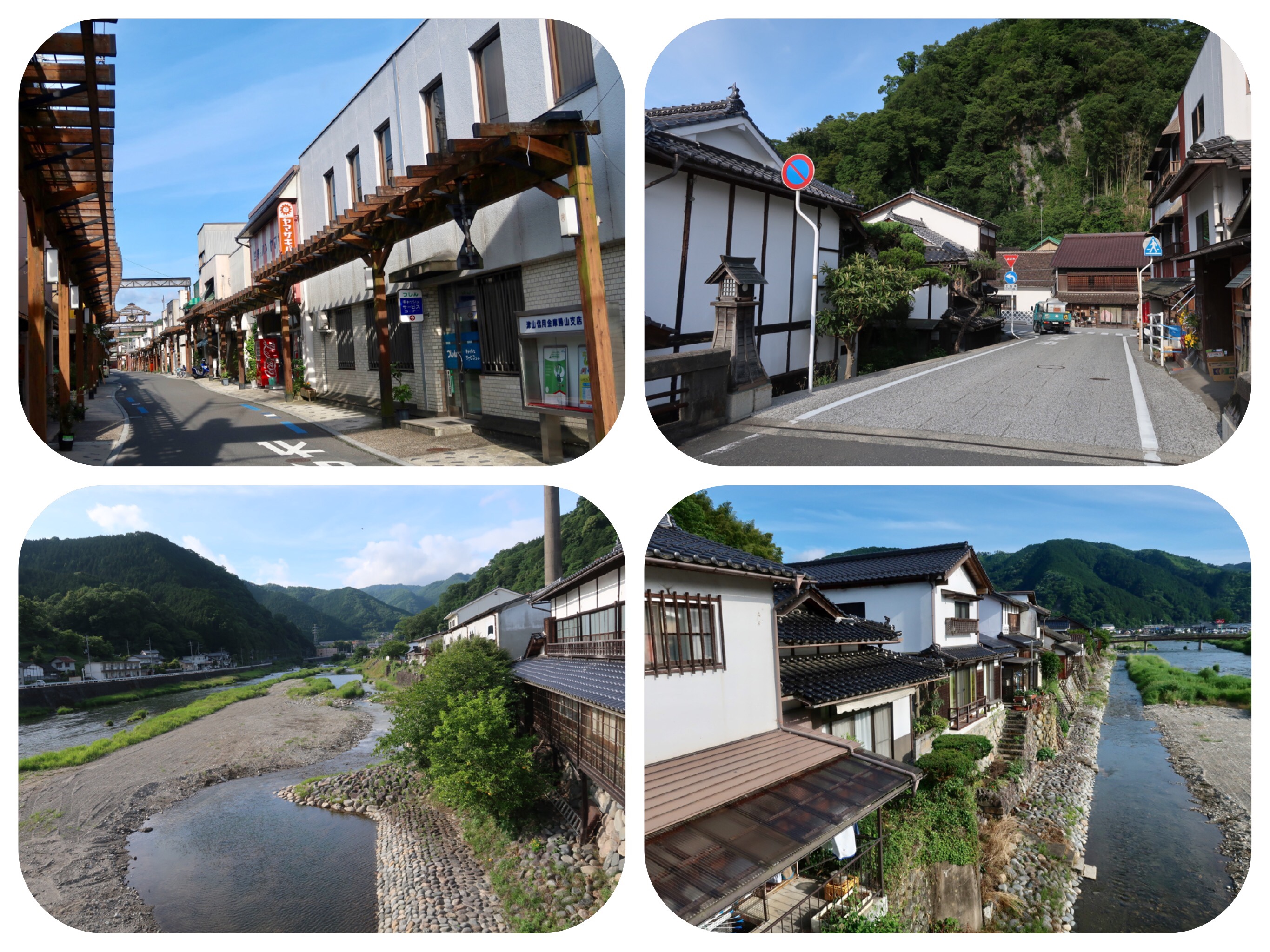





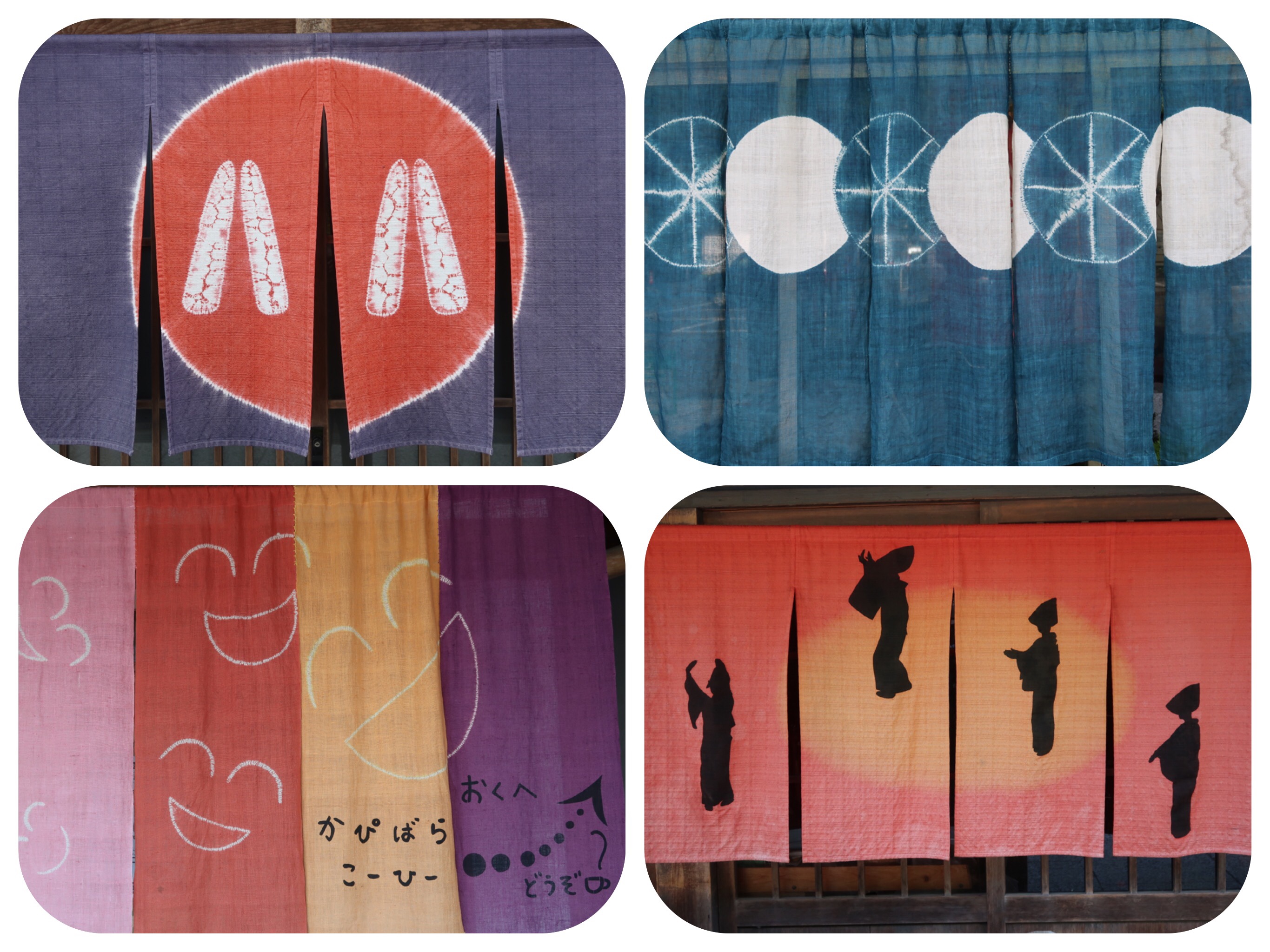




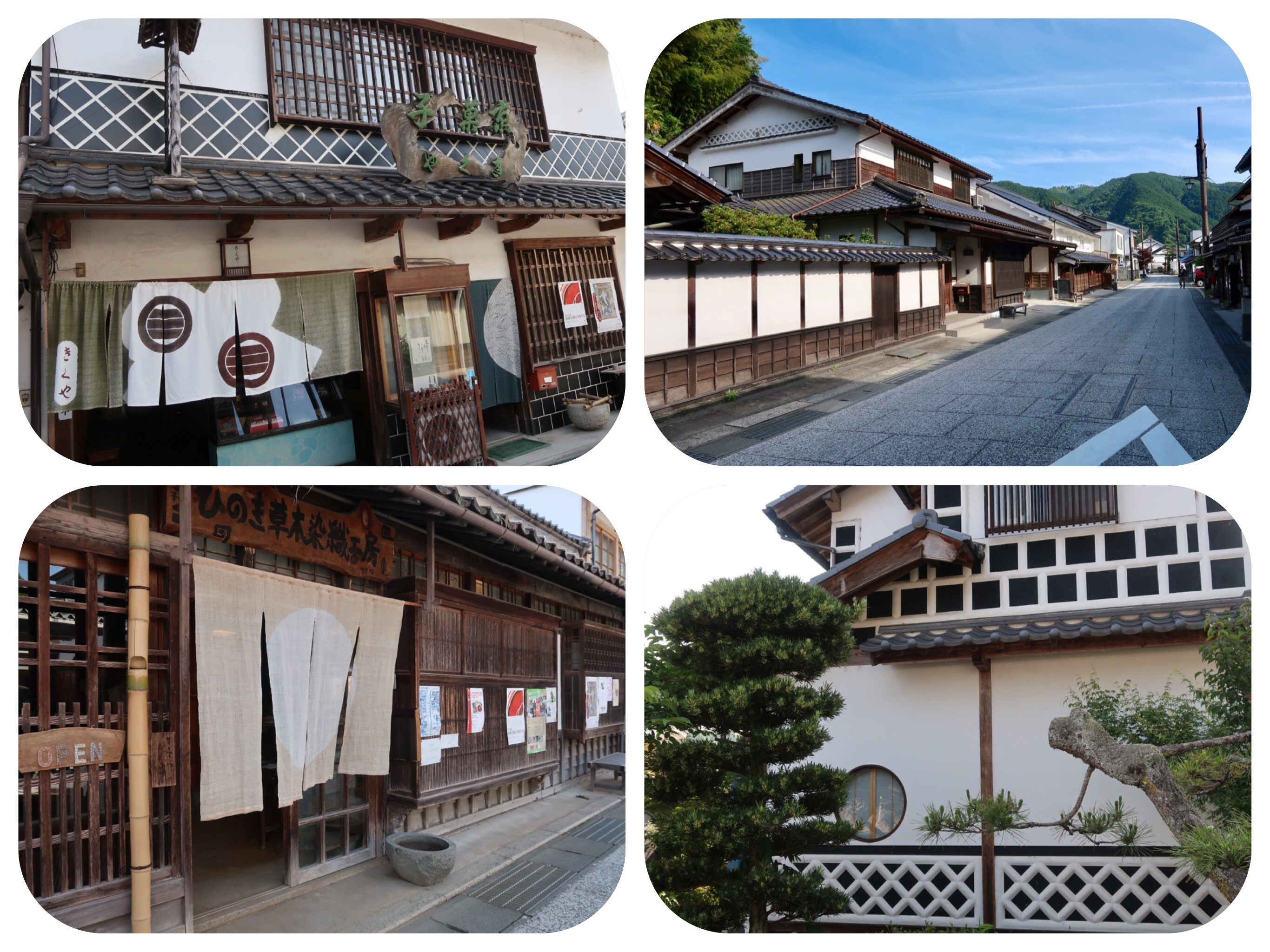



Day 63 - The Chūgoku 33 Temple Kannon Pilgrimage, Japan - A
Climb Up To Kiyamaji, Temple #4, In Ochiai, And The Historic District Of Katsuyama
This morning, as I slid open the wooden shoji and rice paper screen that covers the window in our room, I saw a wind-blown mist in the canopy of trees, and heavy rain pouring down on the river.
Yubara Onsen has been a wonderful place for us to rest in the mountains.
Yesterday was another very rainy day, and we stayed an extra night in Yubara Onsen, relaxing in the comfy hotel in front of the river, looking at the rain.
It reminded me of our time in Korea.
When we traveled in South Korea and hiked many of the country’s peaks, we stayed in traditional villages.
The old houses always had a narrow wraparound balcony, in which the family would sit, watch and listen to the rain.
I love the poetry in activities like these.... just sitting and listening to the rain.
In our case in Yubara Onsen, we did not just look at the river and listen to the rain, we also saw many naked people who had come to soak in the open air hot springs baths.
It all seemed so timeless and peaceful.
We also went to have lunch in a bakery-foot-bath-cafe in Yubara Onsen.
It had a second floor with cascading seats, with hot springs foot baths in front of the seats.
The top level had the hottest water and it got cooler as you sat on the lower levels.
Luckily no other customers were around and we got to try the different temperatures, while munching on freshly baked nut breads.
But today we could not take a day off.
We had a Nansho (difficult to reach) temple to visit.
Kiyamaji, Temple #4 on our pilgrimage, is located on top of a mountain that requires a steep climb up to 1476 feet (450 meters).
This was not a slow gradual approach.
In fact, until we reached Kiyama mountain, we walked on a flat road through small towns.
When we reached the foothills of the mountain, we saw that our road was closed.
A sign said that we needed to take another road that was quite a bit longer.
We have walked on many such closed roads on this pilgrimage.
By now, we have accepted this as part of being the first people to actually walk this pilgrimage route.
There are no arrows to follow, no paths marked for pedestrians, just closure signs, mostly meant for cars.
We took a gamble and started climbing up the closed forest road.
We knew that if we came to an impassible section, we would have to retrace our steps back down the steep mountain, walk to the longer way, and then climb back up another very steep road.
This time, our gamble worked out well.
The old forest road is no longer maintained, and we saw evidence of landslides and rockslides, but for pedestrians it was a safe walk.
The forest was beautiful all around us, full of tall evergreen trees, mushrooms, birds and huge butterflies that looked almost like magical forest fairies.
Even though we had left our heavy backpacks at the train station in Chūgoku Katsuyama, we had to stop every fifty or seventy steps to catch our breath.
We had brought with us only our pilgrimage book and scroll, two bottles of water, and two rice Onigiris that our hotel in Yubara onsen had packed for us, made from the delicious vegetable rice that we could not finish the night before.
The owner of the hotel in Yubara Onsen also gave me some gifts, among them two Onsen-salted-eggs.
Onsen egg is a beloved Japanese food, along with Onsen Tofu.
The egg is boiled slowly by being put in the boiling hot spring water that has not yet been mixed with enough cold water to make it comfortable for people to soak in.
People who go to the Onsen, often eat an Onsen egg as a snack, dipped in a little salt.
We arrived at the summit of the mountain, where Kiyamaji temple is located.
The entrance had Shinto gates, and a beautiful pond with lotus flowers.
The mixture of Shinto and Buddhism was common in old Japan.
A Meiji Restoration period edict separated the two religions administratively, even though most Japanese people still practice elements of both.
When we reached the main hall, we realized how remote this temple is.
It felt serene and quiet among the tall, old cedar trees.
The mountain is now designated a natural conservation area.
We said a prayer and rang the temple bell.
The nearby old cherry trees had spread their gnarled branches over the stone wall.
I bowed in front of the statue of Kobo Daishi, thanking him with love and gratitude.
The main temple had Shinto Inari foxes standing on both sides of an eleven-faced Kannon.
This eleven-faced Kannon is enshrined in a closed cabinet.
We rang the office bell and waited until a woman came to stamp our book and scroll.
We prayed and chanted, sitting inside the main hall.
A pilgrim dressed in a white vest with the Chūgoku 33 Kannon pilgrimage printed on his back, arrived in his car.
We mentioned that even driving up these very twisting, narrow, steep roads would be difficult.
We sat on a bench in the shade and ate our packed lunch.
Luckily, they had vending machines for us to buy water for the walk back.
The rain had subsided and the day became very hot.
We packed away our rain pants and rain coats, and started walking along the longer, well-maintained road down.
We wanted to see where it would lead, and also felt that the forest road we had walked on the way up, might be too slippery going down.
The longer road was also very steep.
In some places it seemed almost too steep to drive on during the winter months.
The only car that passed us was the other pilgrim, driving down in his car.
Back in Katsuyama, we had a little time to walk around the picturesque old merchants’ district before heading to Tsuyama, to check into our hotel.
Katsuyama is an historic town with a preserved street of white-walled Kura (storehouses) and merchant houses.
The buildings have stone walls and wooden latticework grating that allows daylight in, while still allowing people living inside their privacy.
The town has some older buildings, some dating back to the 1100’s, the 1200’s, and the 1400’s.
There is a Sakagura (sake brewery) as well as cafes and galleries inside the Kominka (traditional houses) and Kura (storehouses).
The shops have Noren (traditional shop curtains) decorating the fronts of many doorways.
It is a lovely town, on the banks of the Asahi River.
We stopped into a charming café for delicious iced coffees and an early dinner of sandwiches.
From there we took the train to Tsuyama, where our hotel for the next four nights is located.
We plan to walk the rest of the distance to our last temple, while returning to sleep in our hotel in Tsuyama.
I felt so delighted as we entered our hotel.
I was afraid it would be a boring business hotel, but it is not.
It is elegant and new, and the friendly employees are dressed in nice suits.
Our room has a modern design with a big wooden outdoor patio and best of all, the hotel has an elegant hot spring spa on the top level, and a yoga room.
It will be a good home base for our last days of the pilgrimage.
With love and heartfelt blessings,
Tali
Daily Stats:
Steps: 26,998 steps
Distance Walked: 23.5 Kilometers
Active Walking: 5 hours
Total Time: 7 hours
Total distance walked on the pilgrimage so far: 1260 Kilometers
Temples Visited: Temple #4, Kiyamaji Temple 木山寺
Accommodation: THE SHIROYAMA TERRACE TSUYAMA VILLA, in Tsuyama,
A Hot Springs hotel with modern Western style rooms.
Has lovely mineral hot spring baths, a yoga room and a nice design.
(We took only breakfasts in the hotel because there are lots of restaurants nearby in town for dinner.)
